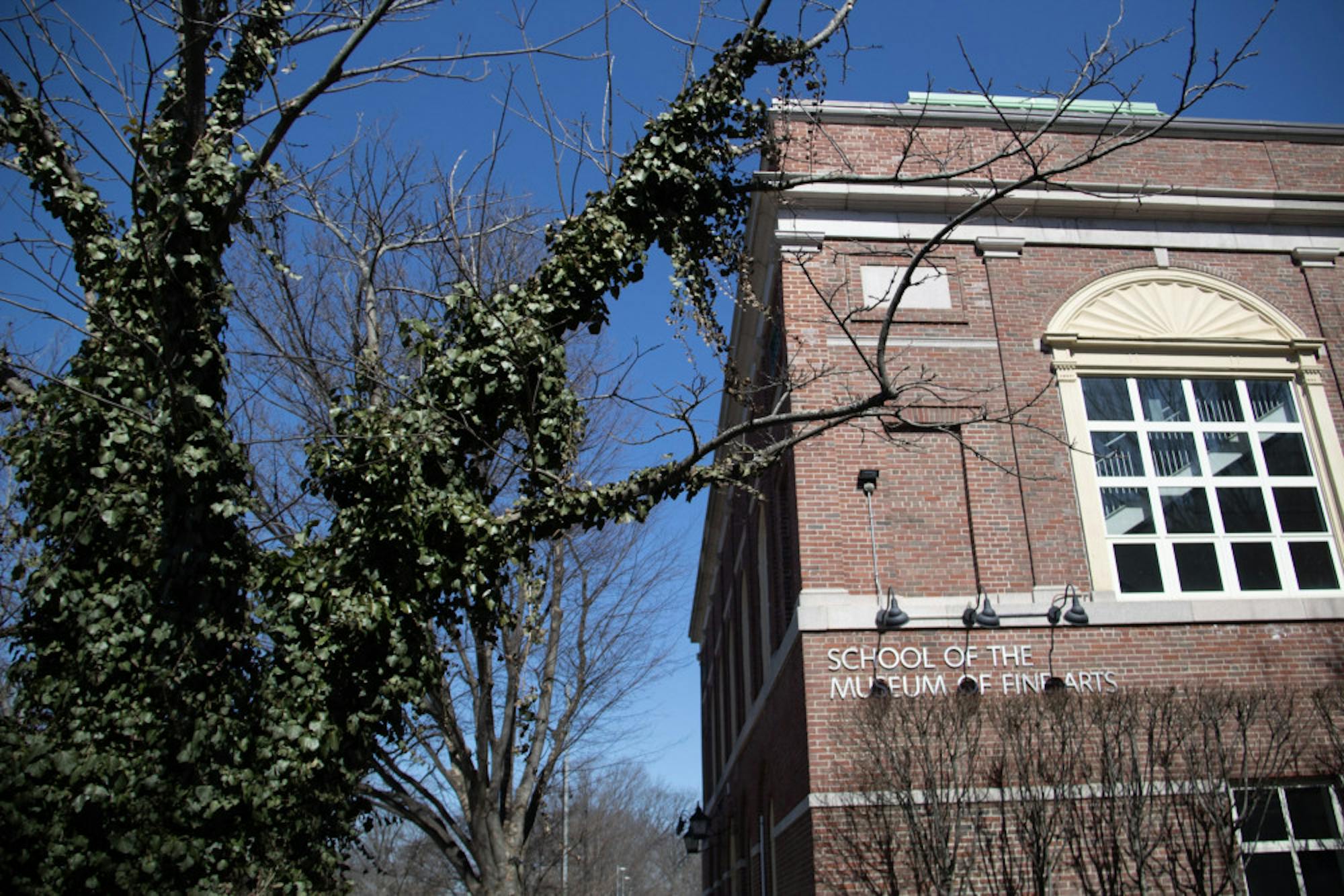“Anti-Racism: A Year of Creative Activism at Tufts” highlighted initiatives that have sprung up across the university over the past year. It was sponsored by the Daynard Microgrant for Collaborations in Racial Justice at the School of the Museum of Fine Arts and brought together individuals from all corners of the Tufts community. The event, which took place on April 20 on Zoom, underscored the versatility of the anti-racism initiatives and the power that art has in society to actively fight against racism.
Serge Rosiles (BFA '12), an SMFA alumnus and Daynard Microgrant recipient, began the event by introducing all of the participants. He started the event with a quote from James Baldwin: “I don’t know what most white people in this country feel … I don’t know if the board of education hates Black people, but I know the textbooks they give to my children to read, and the schools that we have to go to.” Rosiles used this powerful quote to show the way that our institutions have perpetuated racism and how reforming them is a critical step to dismantling systemic racism in the United States.
The first speaker in the event was Patte Loper, a professor of the practice at SMFA in the painting and drawing department and a member of the Anti-Racist/Anti-Bias Coalition (ARBC). Loper gave an overview of the coalition, which began working over the summer.
“The ARBC is an interracial group using the structure of [the Black Lives Matter movement] to do some deep looking into the structural racism that exists within the art world and, by extension, our art school and art museum that we are affiliated with,” Loper said.
The ARBC developed working groups targeted at focused initiatives determined by faculty, staff and students. Initiatives include decolonizing curricula at the SMFA and hiring at least four new faculty members to “bring in new aesthetic subject matter, new art histories and help to diversify the faculty,” according to Loper. The ARBC has also created a list of demands, which included creating a dean-level position exclusively dedicated to diversity, equity, inclusion and justice work and developing dynamic and inclusive best practices and classroom conduct. The ARBC also plans to call for events that celebrate non-Western holidays to the SMFA campus. Currently, the ARBC has the primary goal of finding funding sources to accomplish these demands.
The next guest speakers, Henry Wang and Katie Barrett Kramer, were from the Re-Orienting Orientation Team, which has the following goal: “Organizing Student Affairs professionals and students to secure, by May 31st, 2021, a significant portion of President Monaco’s committed $25 million in Anti-Racist Funding initiative to redesign and deliver a first-year student orientation that honors the lived experiences, needs, and aspirations of BIPOC, international, and first-gen students.”
Wang shared a vulnerable story of his undergraduate experience at orientation and Barrett Kramer explained how “orientation can be a statement about what a school is about and who it is for.” Thus, by creating a more inclusive orientation environment, Tufts and the SMFA can make the statement that they want their community to celebrate the fact that they have members from many different backgrounds.
Dan Jay, dean of the Graduate School of Biomedical Sciences and adjunct professor of drawing and painting at the SMFA, was also a member of the discussion.His artistic work is multidisciplinary, and blends art and science. Jay discussed how the determining factor of one’s skin color, whether light or dark, is a very small difference in melanin quantity. Thus, he uses squid ink — the main compound of which is melanin — as a medium to illustrate the absurdity that “something as silly as this chemical could ever be the basis for such hideous crime[s].” One of his squid ink works is a portrait of George Floyd.
"[This portrait is] made with the structure of melanin almost like a death shroud over his face and body,” Jay explained. Jay has furthered this squid ink concept by working with the Boston Public Library and youth from underserved communities by giving them squid ink so that they can create similar art.
The talk also featured Martina Tan, an undergraduate and vice president of the SMFA Student Government Association, and Flor Delgadillo, a graduate student in museum studies at SMFA and a Daynard Microgrant recipient. Tan discussed how subtle changes could be made to courses to make them more inclusive of all cultures.
“Whatever topic you are teaching, I think there is a way that it intersects with race ... art does not exist in a vacuum, it’s not outside of society,” she said. "As a person of color, art has been really helpful to have as a tool for healing, not just individually, but in communities."
Beyond her own work, Tan discussed some of the initiatives that the SMFA Student Government Association has developed to create a more inclusive environment for all students. She explained that it has worked with the ARBC and has started the Black Legacies Initiative, which puts a call out for art from Black student creators.
Rosiles ended the event with a moving performance of “Sometimes I Feel Like a Motherless Child,” famously performed by Mahalia Jackson. The event gave a clear message of steps that the Tufts community can take to make the art community on campus more welcoming, with many different groups coming together to initiate this important work.






